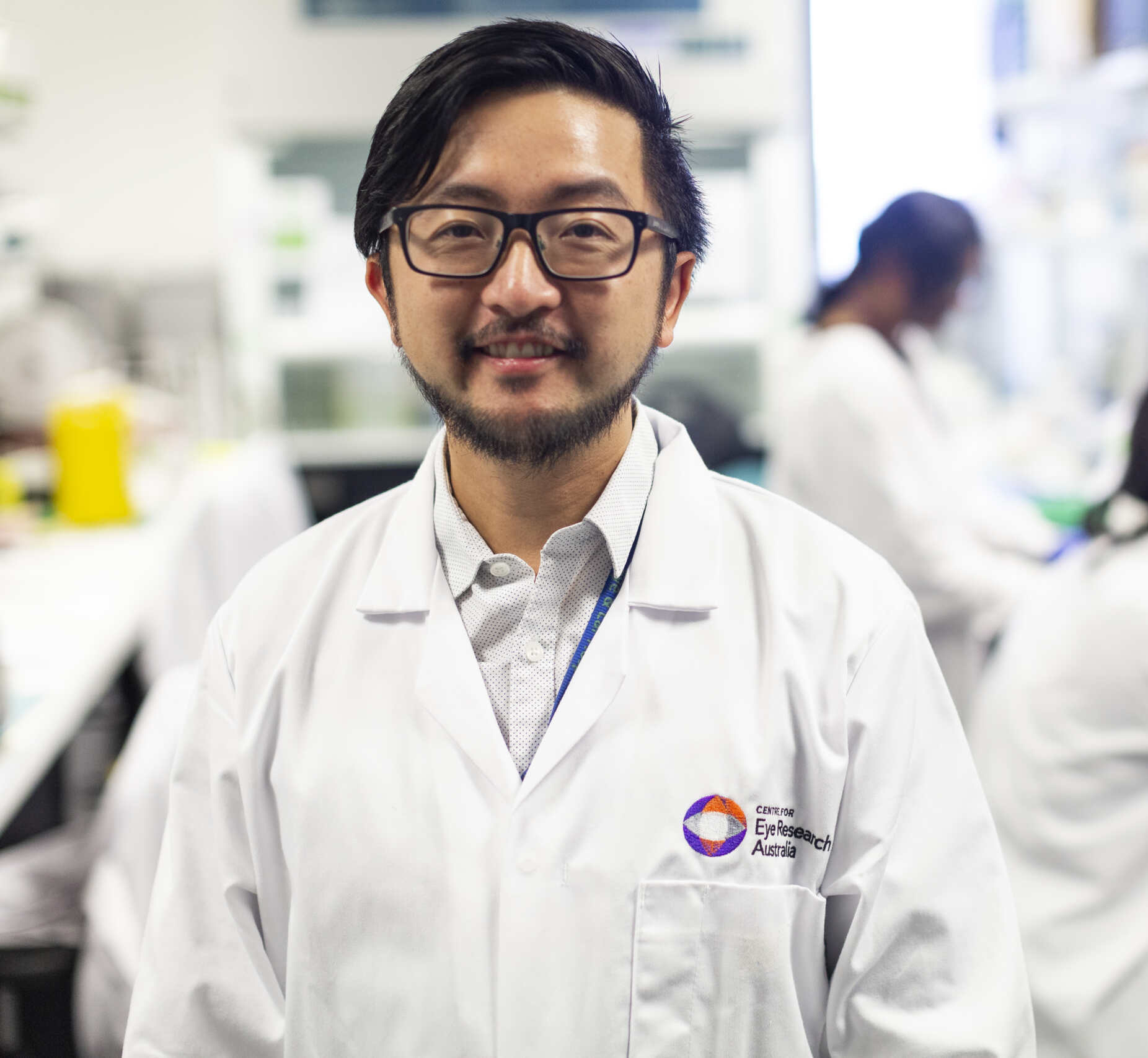9 May, 2023
Hot Off The Press
Dredging through drugs which might be of help in Leber’s, researchers have suggested the drug Reserpine which was historically used for high blood pressure, looks like it could be useful in Leber’s.
Rare genetic variants in AMD produce malformed proteins that change the stability of the membrane attack complex (MAC), which might lead to chronic inflammation of the retina, and AMD. These malformed proteins could be the targets for future drugs.
A protein has been identified which is essential for getting rid of the toxic waste products that accumulate in the photoreceptor cells in Stargardt’s. Researchers have identified the malfunctioning part of this protein, so the next step will be to rectify the malfunction so that the cells can once again eject their waste products.
New research in mice suggests that ‘dormant’ cone photoreceptors in the degenerating retina are not dormant at all, but continue to function, producing responses to light and driving retinal activity for vision.
A preclinical study using stem cells to produce progenitor photoreceptor cells — and then transplanting these into experimental models of damaged retinas has resulted in significant vision recovery.
Scientists have demonstrated in animal models the possibility of using lipid nanoparticles and messenger RNA as vectors rather than adenovirus vectors, to transport healthy replacement genes to the retina to treat inherited retinal diseases.
Scientists used patient stem cells and 3D bioprinting to produce eye tissue that will advance understanding of the mechanisms of blinding diseases. The research team printed a combination of cells that form the outer blood-retina barrier–eye tissue that supports the retina’s light-sensing photoreceptors. The technique provides a theoretically unlimited supply of patient-derived tissue to study degenerative retinal diseases.
This gene therapy using an adenovirus vector has lengthened the life of retinal photoreceptors by some 7.5 years in RP clinical trials. This article is an overview of many studies.
Having healthy bugs in your gut can even influence your inherited retinal disease, so a healthy diet is yet again a cornerstone of health.
Guest writer – Dr Catherine Civil
My name is Dr Catherine Civil. I have been associated with Retina Australia since the early 2000s. At that time, they were called WARPF, or the WA Retinitis Pigmentosa Foundation. WARPF were raffling a car in a shopping centre, and it caught my eye because my dad and my uncle both had Retinitis Pigmentosa. Being a doctor and a parent, I had a particular interest and awareness, not just of the disease, but of the fact that there was a significant risk that I or my children or my relatives might have inherited it.
I turned up at an AGM and found myself on the Board and engaged in fundraising. I spent several years on the Board and met some wonderful people, and I was even Chairman for a couple of years. When I left, I started writing the “Hot off the Press” research update column for the newsletter.
I arrived from the UK in the early 1990s with my husband and twin baby girls to live in Perth for a year for a bit of sunshine and fun, and we find ourselves still having fun in WA 30 years later, and with a grown son as well.




